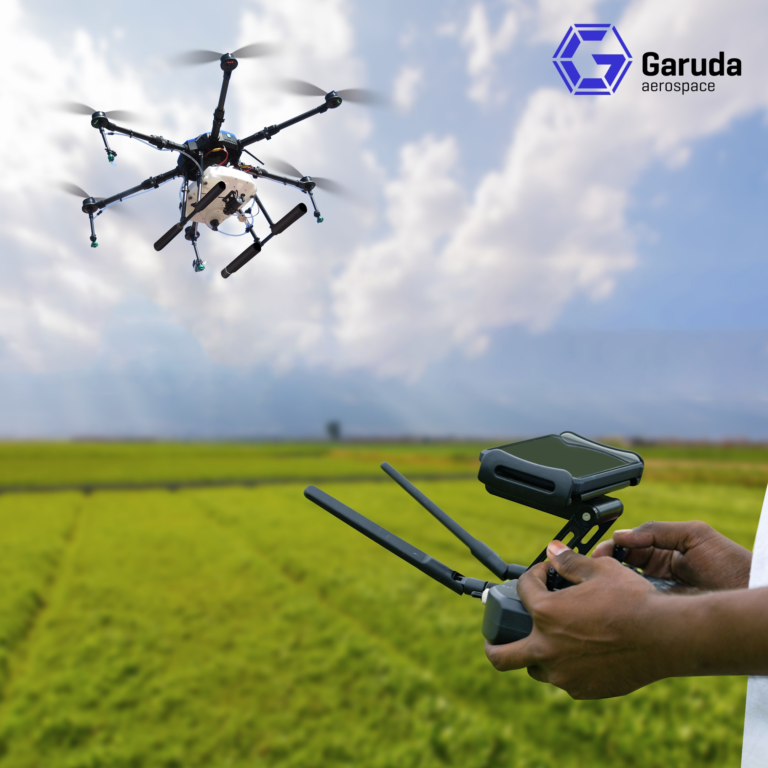New Delhi, 25 March 2025: Artificial Intelligence (AI) may be a Goliath but it will always be beaten down by...
changer
By J A Sheikh The world of Information Technology (IT) security has been under constant evolution, facing growing threats as...
SUN Mobility’s solution stands out with its modular and scalable battery packs, designed to cater to a wide range of...
An intuitive energy management system helps hotels monitor energy consumption across properties and automate energy efficiency DELHI: Honeywell (NASDAQ: HON) announced the launch...
The E-Mobility revolution is taking the world by storm, but its success depends on one crucial element: safe and reliable...
twenty fourth April, 2024; National: India’s main drone expertise producer Garuda Aerospace, is honored to be acknowledged as the winner...
